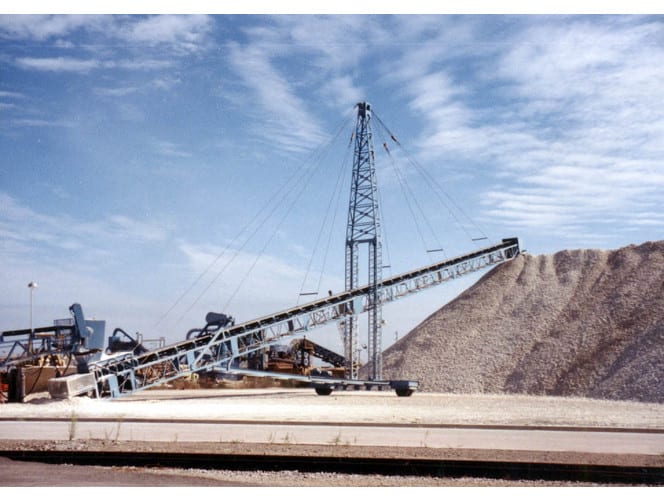bootlegend
Structural
I'm looking at the following scenario, conceptual sketch attached. A conveyor is pinned at the tail and will be inclined/declined using a winch and wire rope system. The wire rope will attach at at least a couple points along the conveyor and will be supported from a central mast that will carry the resulting load. I have designed a couple of these in the past by assuming rigid support points to get an approximate load at each point and determine a number of line parts required at each point. Using these I can solve for the tension value in the FBD to balance the system for each load case (DL, LL, etc). Then I've modeled the conveyor as a beam in RISA, applied the previously calculated support point reactions as point loads, and added a roller at the high end so that I have a simply supported beam. This reaction should be zero. This has worked but it is time consuming even for one situation, but with multiple load cases, multiple possible inclines or declines, and multiple considerations of support point locations, it takes a lot of time.
Modeling the supporting cables directly would be a lot more simple, but since it's a single cable and all the supports are relative to line tension T and parts of line I can't simply attach them to the upper mast support point because the relationship isn't maintained.
Anyone know of any software that might simplify the analysis of wire rope and pulley situations with multiple lift points?
Modeling the supporting cables directly would be a lot more simple, but since it's a single cable and all the supports are relative to line tension T and parts of line I can't simply attach them to the upper mast support point because the relationship isn't maintained.
Anyone know of any software that might simplify the analysis of wire rope and pulley situations with multiple lift points?


